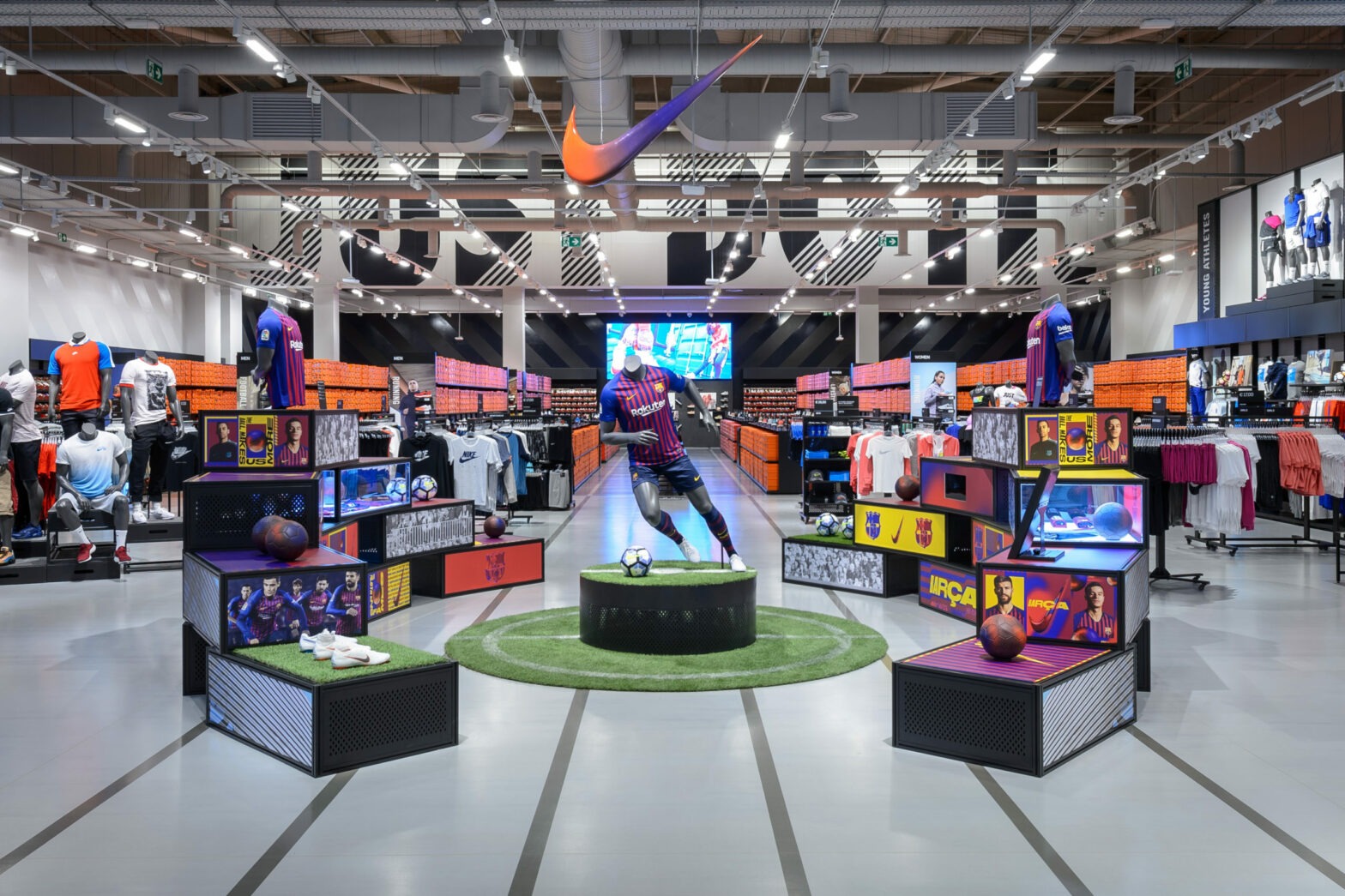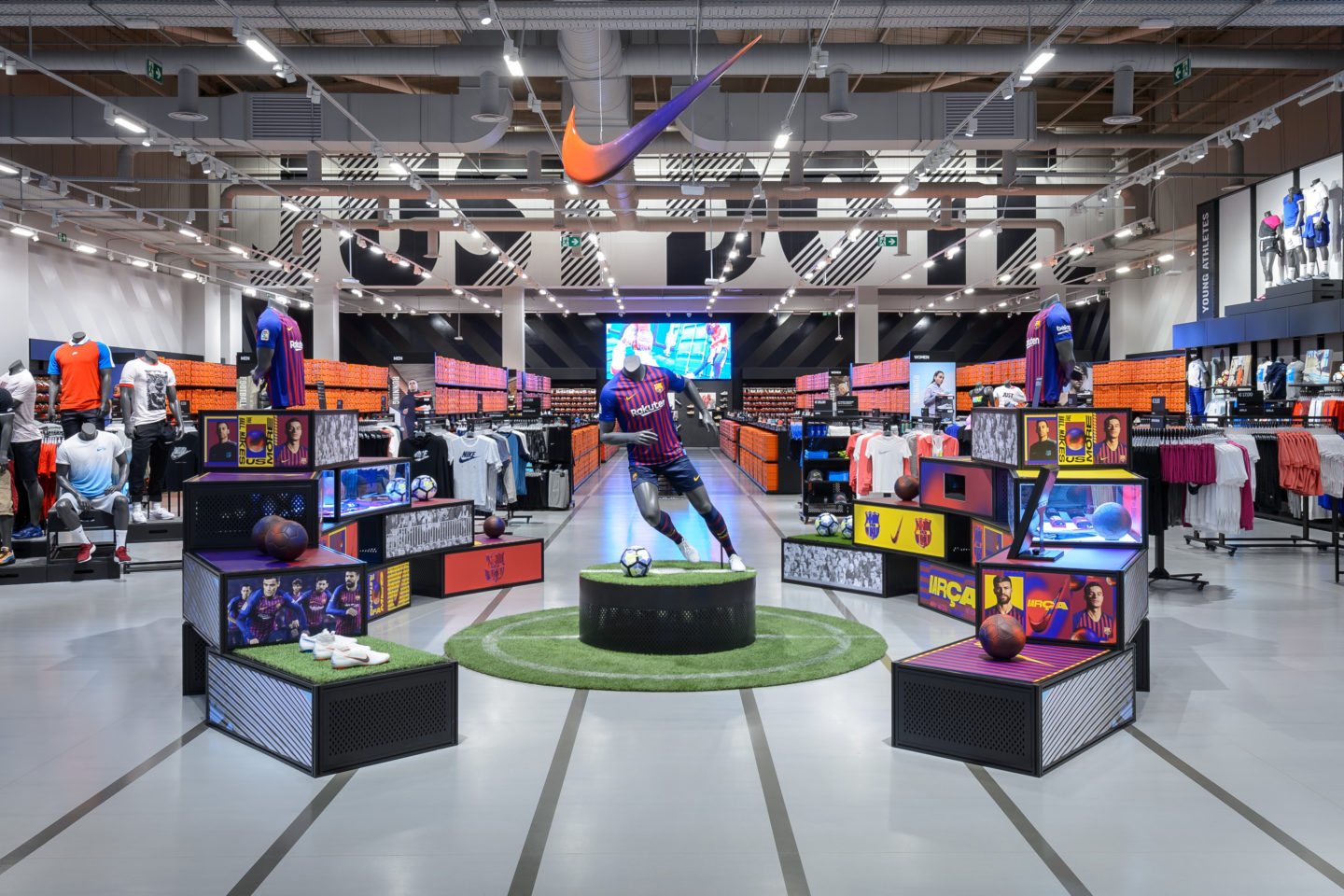
How Important is Context in Retail Design?
Within the world of retail design, context is the art of connecting a brand’s identity, physical presence and narrative into one cohesive entity and then matching that with current customer demands.
When executed properly, ‘contextualised’ store design is an ultra-effective way in which retailers can create more targeted in-store experiences for their customers to ensure that whilst browsing, they really feel as though they are understood on a personal level.
As we all know, customer experience is central to the success of most commerce strategies. Today’s shoppers want much more than just a transactional interaction with a brand, they want to be immersed in sensory experiences that offer opportunities to interact with a brand’s products. Ultimately, customers expect that they will be put right at the heart of an omnichannel retail space from the moment they enter…be it digitally or physically.
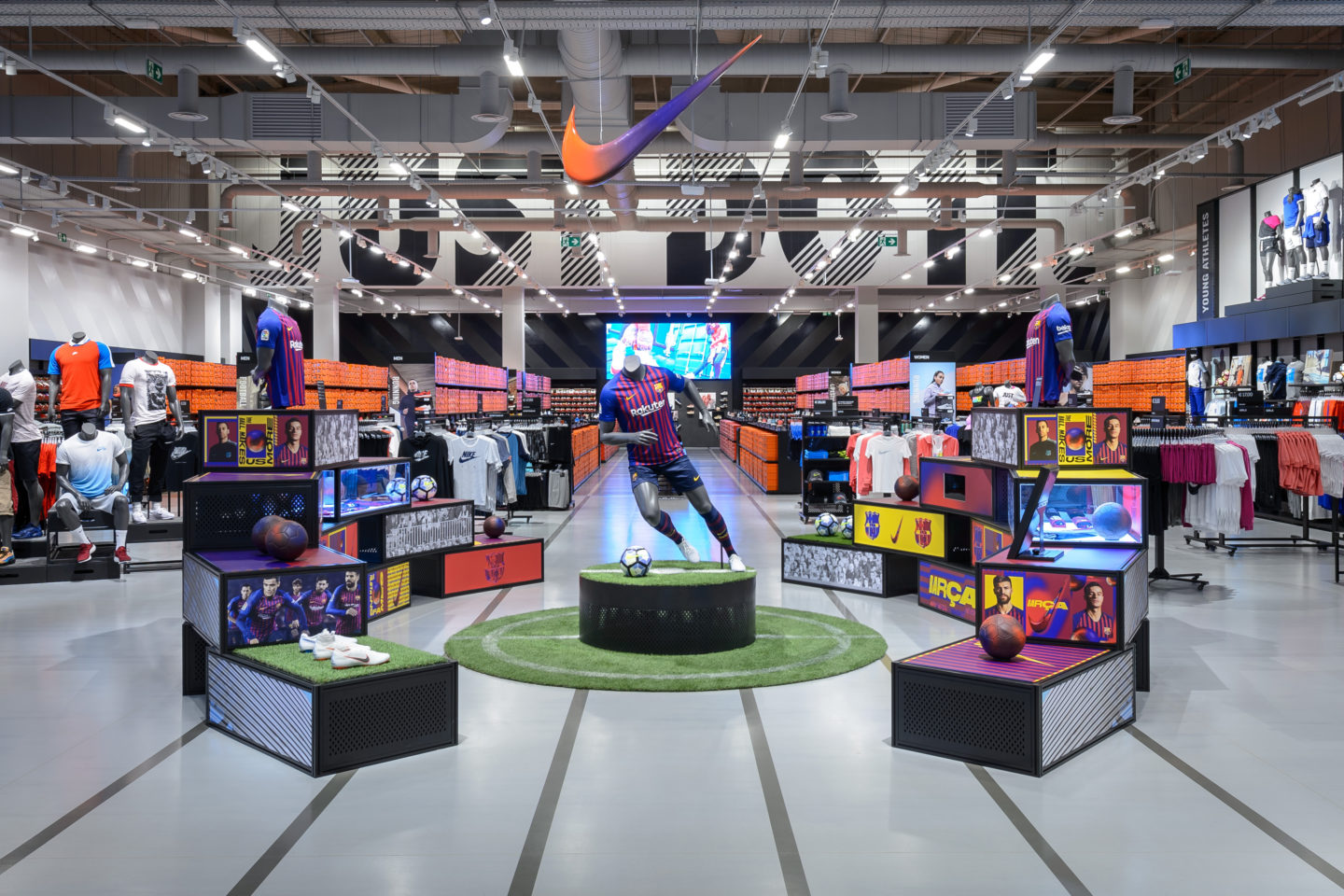
Personalisation is one way in which retailers can achieve this. Using real-time data to provide insights about individual shopper preferences, personalisation allows brands to create relevant offers and content. The more a retailer knows about its customers, the easier it is to devise a sales and marketing strategy that appeals directly to them. For example, information about a consumer and their buying habits can be used to predict what products and trends they might be interested in order to guide targeted promotions or offers. As well as data, personalised shopping experiences can be supported with things like store loyalty cards, digital touchpoints, mobile apps, and GPS-triggered tech.
Let’s dive a bit deeper into the topic of contextualisation and what it means for retailers in practice.
Contextualization in Retail Store Design
We know that contextualisation helps retailers to reach the right customer, in the right place, at the right time. Central to this approach is understanding the buyers themselves and knowing what makes them tick.
Every retailer has an ideal customer group, whether that’s affluent women over 40 with an eye for quality or millennials with a passion for fast fashion and individuality. By creating a buyer persona (a semi-fictional representation of this ideal shopper), based on the data held about current customers and supporting market research, retailers can use this information to appeal directly to consumers depending on where they are in the shopper journey.
By situating their brand and products within a specific context (be it a season, geographical location, cultural event or otherwise), retailers can ensure that their in-store and online customer experience is altogether more personalised to their target markets.
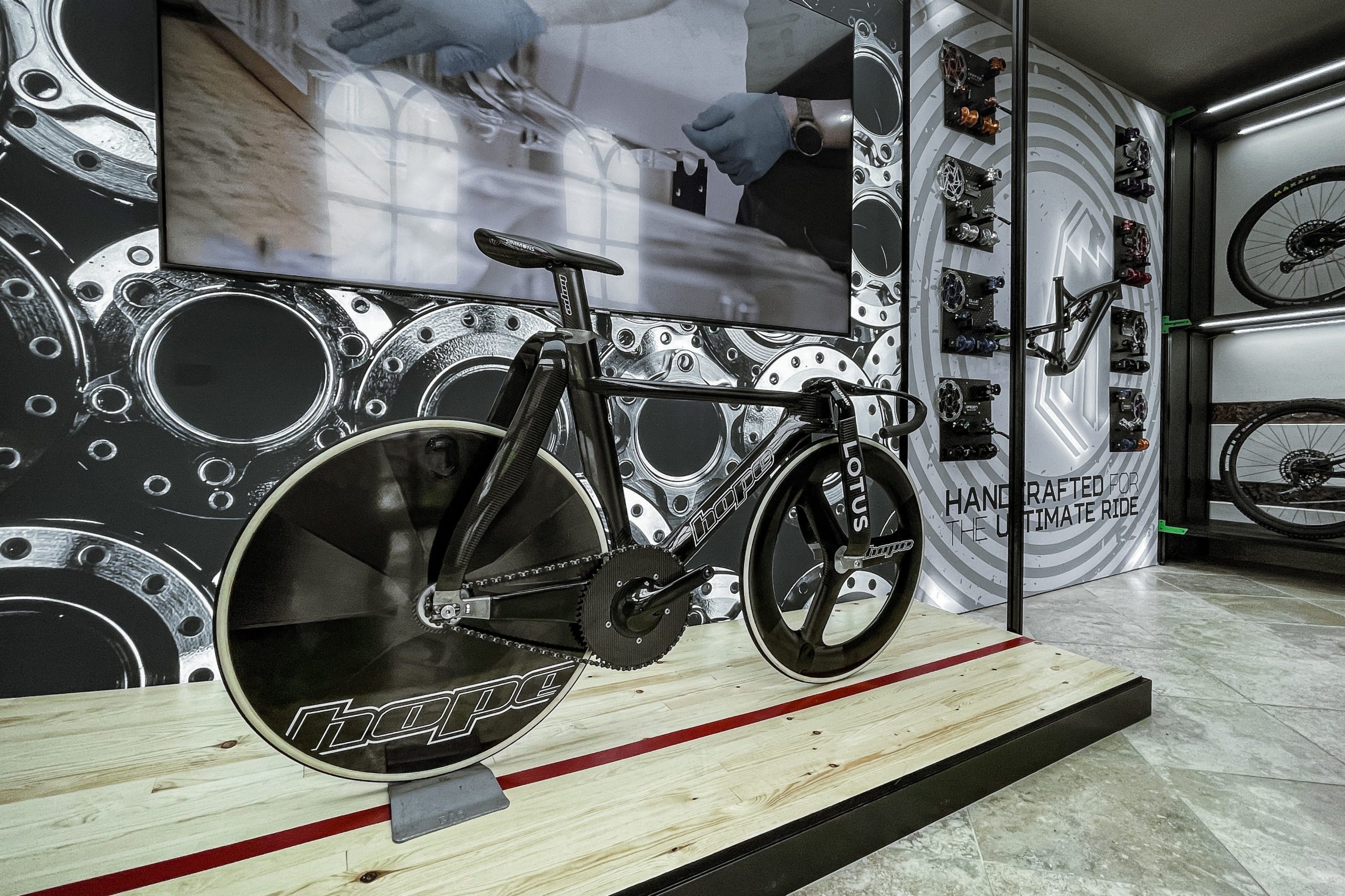
When it comes to achieving properly-contextualised retail environments, the ability to be responsive to changing events, trends and viral fads is crucial. Put into practice, one way in which contextualisation is used by retailers is changing the products that feature on their websites depending on the weather. This might see them running temporary promotions for raincoats if there is a spell of wet weather forecast, or pushing the sale of sunglasses if there is a heatwave.
Common Problems with Contextual Retail Design
Contextualisation doesn’t mean that brands should reject their core identities in favour of whatever is trending at a given time, though. For example, it would not be best for high-end fashion retailers such as Gucci or Versace to start selling throwaway items that are only popular with children under the age of 10 – neither the product nor the target market is concurrent with their brand identities.
Additionally, brands that do choose to invest in contextualising their retail design schemes run the risk of falling out of sync with customers if their concepts, themes and relevant offers aren’t revised and updated regularly to keep pace with changing trends.
Abercrombie & Fitch and Hollister are two brands that have struggled in this respect. Both fashion retailers are known for their dark, heavily-perfumed stores that once had scantily-clad men positioned outside to capitalise off the idea of ‘sex sells’ Whilst these strategies were incredibly effective at first, seeing shoppers queueing for hours just to get a glimpse inside the stores, they became something of a death sentence. This is because both brands have chosen to ignore calls from their customer bases asking that they reinvent their physical stores to better reflect current values whilst also failing to connect with a new generation of shoppers that has very different needs, wants and motivations than its predecessors.
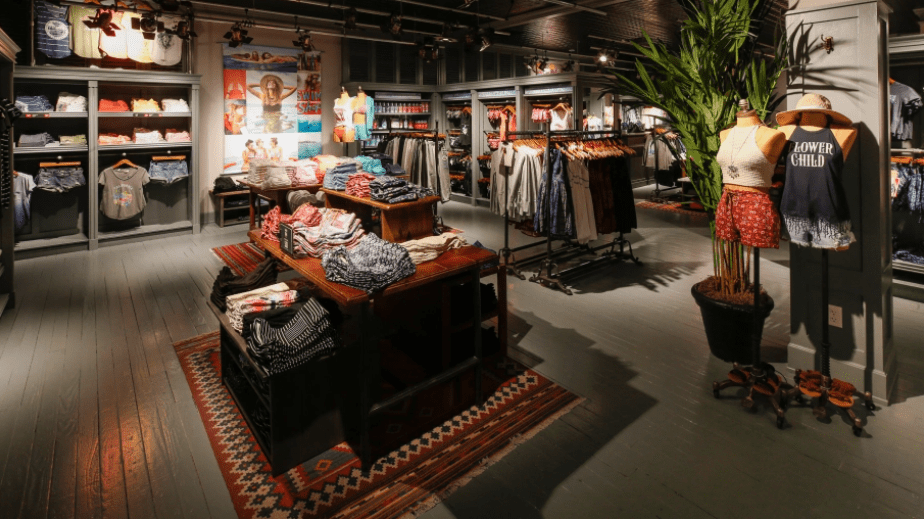
Hollister’s and Abercrombie & Fitch’s current predicaments highlight the importance of getting to know your current customers, understanding the changing context of the world in which they live and recognising how that context can impact their shopping behaviour.
So, what tactics can retailers employ to ensure that their stores are kept looking and feeling as relevant as possible? Here are the three most effective ways in which brands can create ultra-relevant physical stores without going over budget.
1. Modular display systems
Modular display systems allow retailers to create product displays in all shapes, sizes and depths. What’s more, modular shelving displays can be reconfigured as often as necessary to support time-sensitive promotions, product launches and seasonal events.
Mod-U-Lok
Mod-U-Lok is the range of curved and rectilinear aluminium profiles that enables the creation of an endless range of temporary spaces and structures. Modular systems like Mod-U-Lok are engineered in direct response to the logistical and operational challenges that have come to define the present, providing brands in all sectors with a toolkit of parts that can be used to build product displays that are reconfigurable, extendable, flexible, reusable and sustainable.
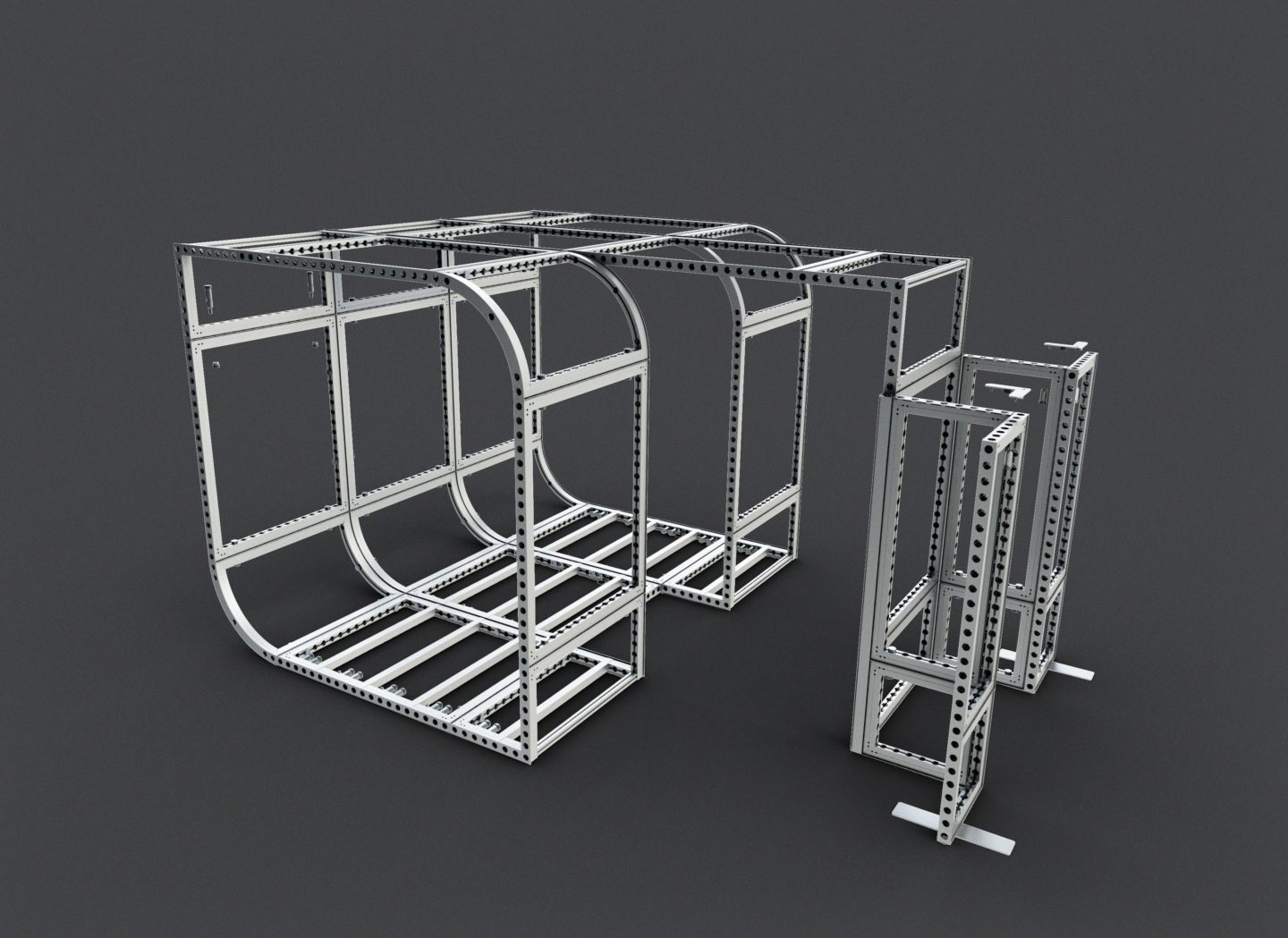
Lab-35
Lab-35 is the modular display system inspired by the high-tech, precision-focused environments of science and development laboratories. In both form and function, it references the growing appetite for future-oriented designs that is shared by brands across the globe. Lab-35 uses sleek, satin-silver anodised aluminium profiles to create a wide range of flexible, on-trend merchandising displays for retail environments of all types.
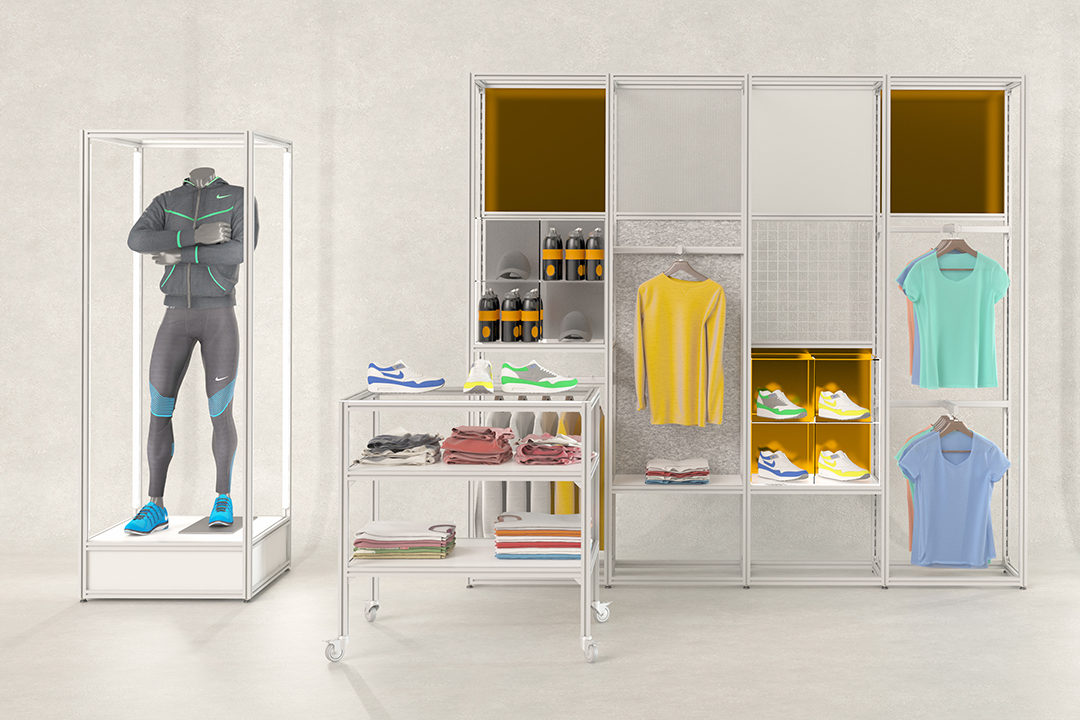
2. Fabric graphic displays
Graphic displays offer users a fantastic level of flexibility, being easy to customise, reconfigure and update whenever necessary to support everything from product launches and promotions through to branded events and pop-up experiences.
Tension Fabric Systems
Tension fabric systems (TFS) are ideal for creating large-format, temporary displays. They provide a fantastic level of flexibility, being easy to customise, reconfigure and update whenever necessary.
Our range of tension fabric solutions are built using aluminium frames meaning they are both lightweight and robust. Frames can be assembled together in series to create displays of all shapes and sizes and are available in wall-mounted, freestanding, suspended, illuminated and non-illuminated formats.

Fabric-faced lightboxes
Fabric lightboxes like the Ledge range of LED lightboxes enable the creation of striking illuminated display systems and visual communication solutions. Built using sleek aluminium frames and flexible fabric graphics, Ledge lightboxes are engineered to offer incredible levels of design flexibility and scope for customisation. Printed graphics can be updated to suit changing interior aesthetics, new product promotions and evolving brand identities.
The Ledge range is ideal for creating large format lightbox displays as each unit can be supplied in a series of modular sections for easy on-site assembly. Ledge lightboxes can be specified in huge array of sizes and shapes with a range of different illumination options and installation methods to meet client-specific requirements.
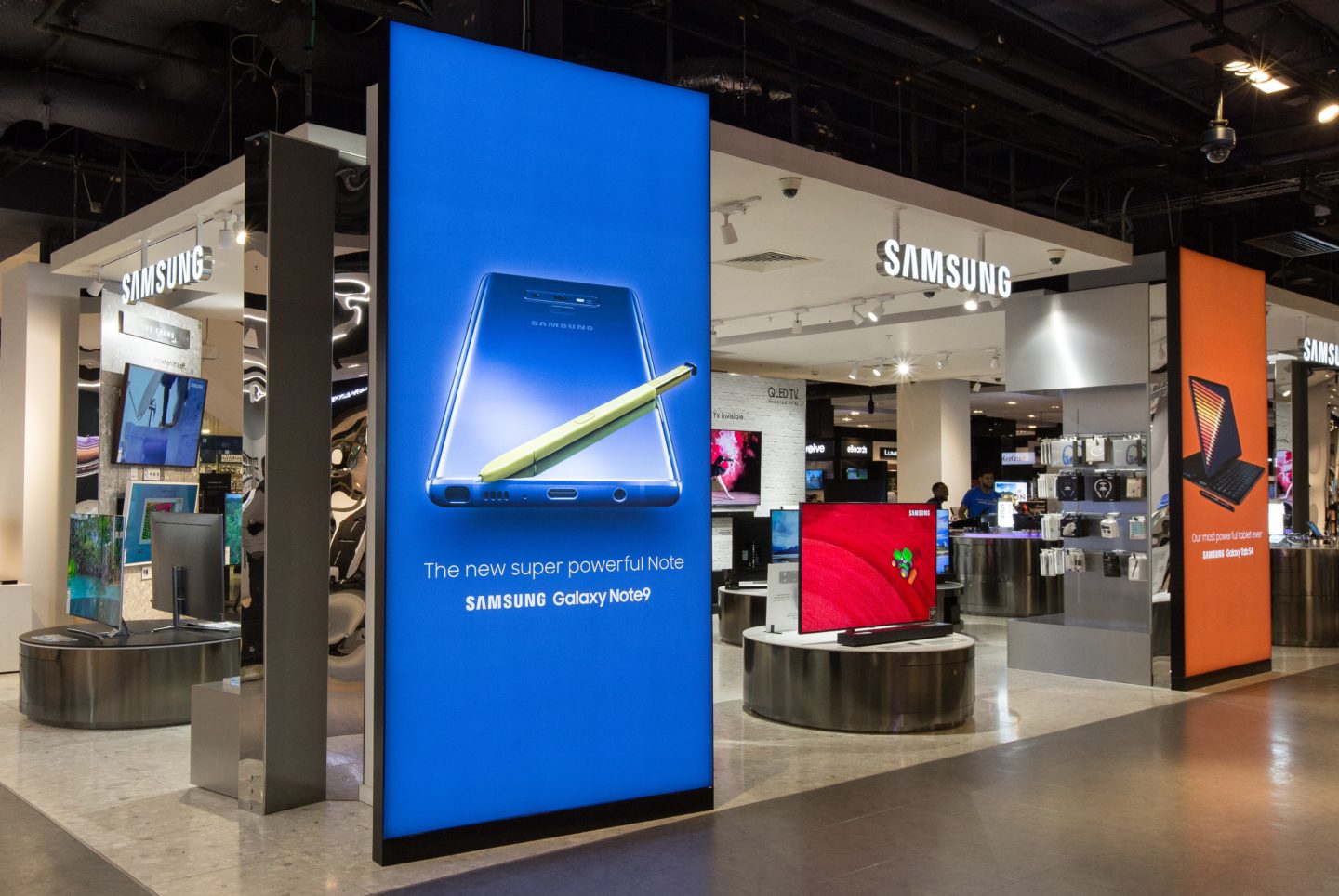
3. Moveable product displays
Merchandising units on castors to enable them to be wheeled around a shopfloor alongside changing promotions and in-store events. This is a cost-effective, accessible way of boosting the flexibility of a retail space instantly. Castors can be fixed onto large racking systems, glass cabinets and counters, clothes rails and modular storage equipment.
Additionally, shelving systems that can be reconfigured allow brands to remerchandise entire areas of their stores without having to invest in and set up new equipment or draft in specialist teams to dismantle and reassemble existing displays.
Kontakt
Systems like Kontakt, for example. A cable-free shelving system with integrated LED illumination, Kontakt supports retailers working to remain relevant by enabling them to transform their physical stores quickly, easily and inexpensively. It can be supplied in a wide range of different sizes, colours and material finishes (wood, marble, metal, glass and more) to suit individual user requirements and operates without any complex wiring or fixing mechanisms.
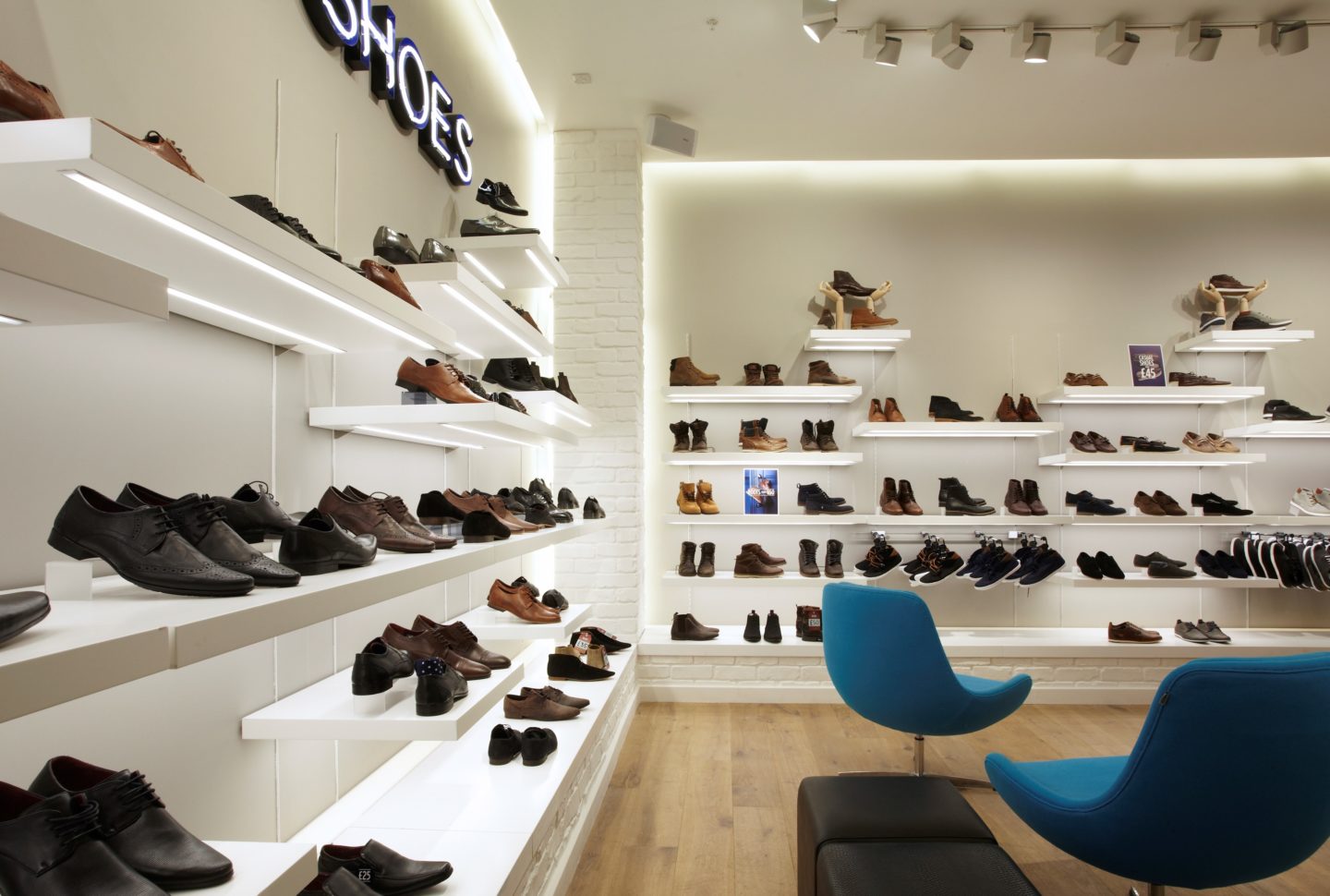
Magnetik
Likewise, the Magnetik shelving system offers retailers incredible flexibility. Sitting directly on fabric-faced graphic displays and LED lightboxes, the Magnetik shelving system is engineered to operate using powerful magnets so that entire displays can be reconfigured alongside changing product promotions or updated graphics.
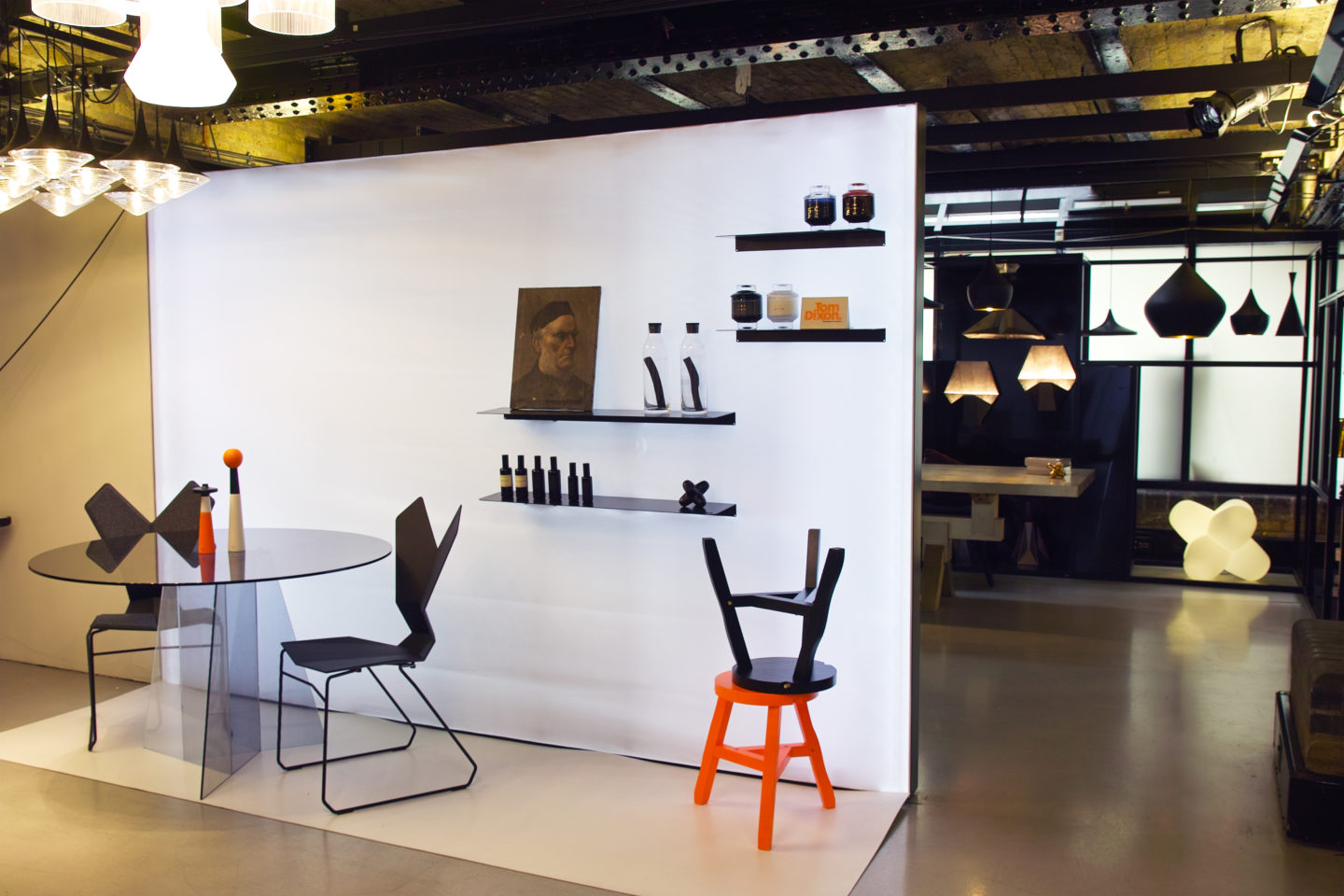
Conclusions
Retailers of all types can benefit from integrating the idea of context into the design of their stores. It is a way of creating more meaningful, high-impact connections with shoppers who are increasingly coming to demand that brands offer them much more than transactional retail experiences.
At Unibox, our teams have over 30 years of experience in creating retail spaces that deliver. If you’d like help or advice on how to go about turning your ideas into a reality, contact us here today.

